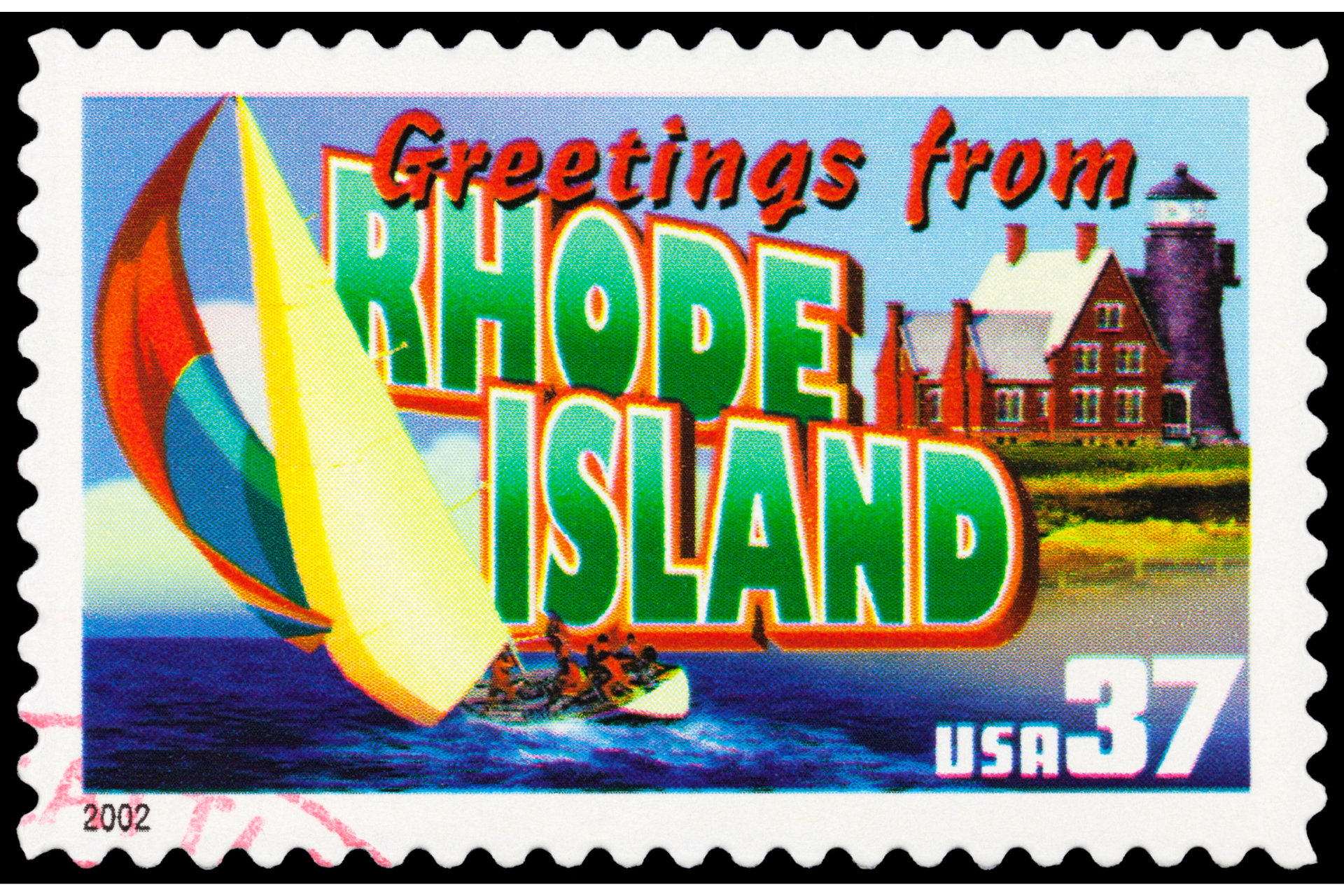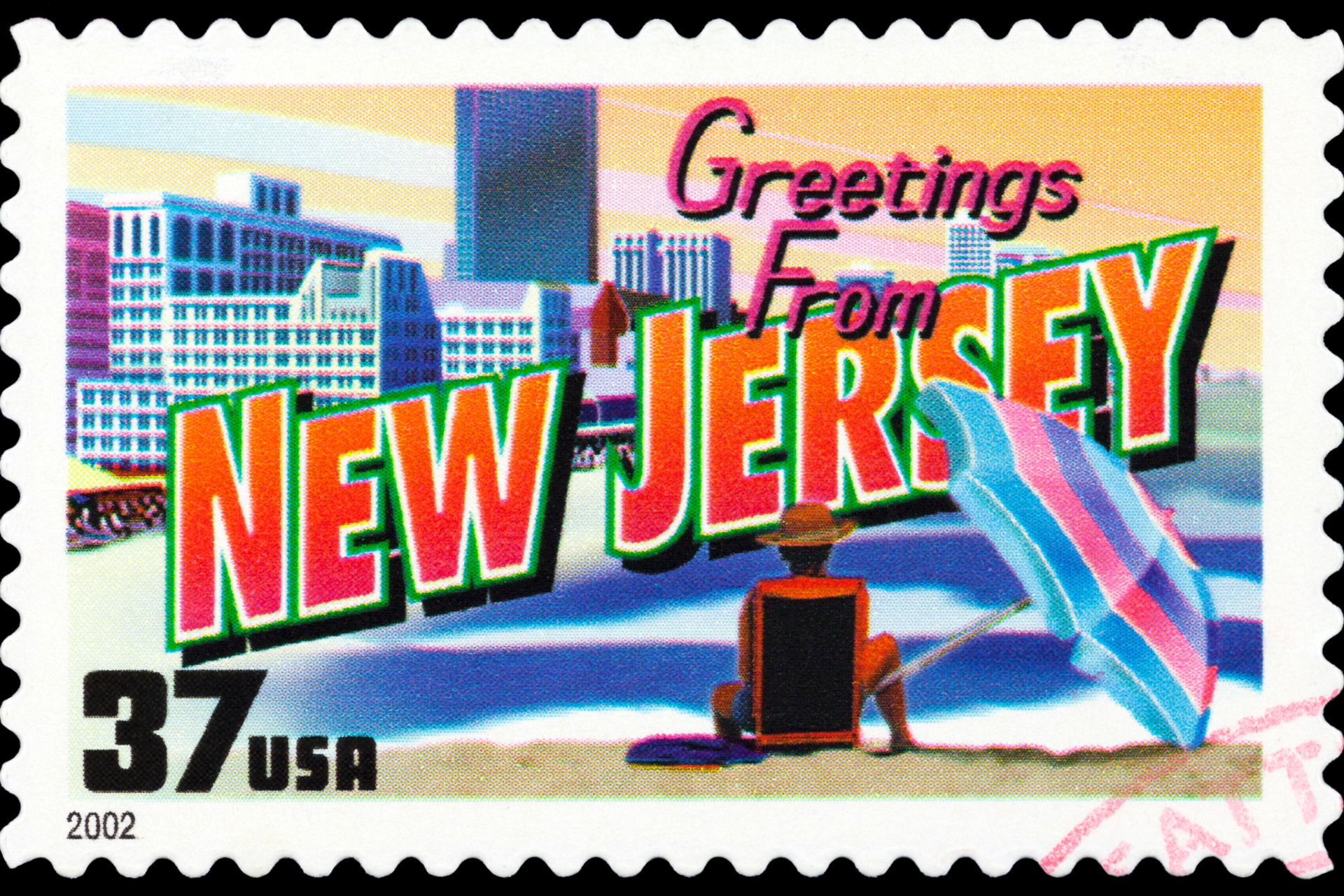Every territory that became a state had anti-statehood factions and arguments against statehood before it was admitted. Idaho faced some of the same problems on the way to statehood that Puerto Rico, a current U.S. territory, has faced.
Internal struggles
While Puerto Rico’s political life centers on the question of political status for the territory, Idaho Territory was deeply divided on the question of religion. Members of the Church of Jesus Christ of Latter-day Saints, commonly known as Mormons, settled in the Idaho Territory thinking they were still in Utah. They continued to vote in Utah. A decade later, government surveys confirmed that they had in fact settled in Idaho. Their practice of polygamy, which was illegal in Idaho, created conflict between the southern and northern parts of the Utah territory. The northern section did not want to allow the Mormon settlers to move further north.
The territory’s non-voting delegate to Congress (occupying a position like the Resident Commissioner of Puerto Rico) worked hard to make it impossible for Mormons to vote in Idaho. Idaho made a law declaring that members of an organization that favored polygamy could not vote. This law went before the Supreme Court and was upheld, and it was not officially repealed until 1982. Once the Mormon church officially rejected polygamy, however, the law no longer affected its members.
At the same time, border disputes with the future Washington state kept Northern Idaho uncertain about their future.
Just as members of Congress often say that they can’t admit Puerto Rico until the voters reach consensus on political status, Congress hesitated to admit Idaho when the internal conflicts were such an important part of the territory’s political life.
Party politics
One of the problems the federal government had with the Mormons was their custom of voting in a bloc as instructed by their leaders in Salt Lake City, Utah. Idaho was fairly evenly divided between Democrats and Republicans until the Mormon settlers began to vote in Idaho after the survey of the territory. When the Mormon settlers were included in the Idaho population, they suddenly changed the balance of party power. All members of the Church of Jesus Christ of Latter-day Saints would vote for Democrat candidates.
At the time, the Republicans were in the majority in the federal government. When the congressional representative from Idaho succeeded in disenfranchising all the Mormon voters, Idaho became a Republican stronghold. Congress wanted to admit Idaho as a state in order to strengthen their position with two more Republican senators.
But the Mormons living in Idaho spoke strongly against statehood for their territory — not because they didn’t want to live in a state, but because the state constitution included the disenfranchisement of Mormons. They took this as an attack on their religious freedom.
Members of Congress have fought against admission of Puerto Rico as a state on the grounds that it would vote Democratic. In fact, Puerto Rico votes for Democrats and Republicans alike; the current governor is a democrat while the current Resident Commissioner is a Republican. Just as the Republican/Democratic question in Idaho was more complex than Congress’s approach suggested, the Republican/Democratic question in Puerto Rico is misrepresented in Congress.
Statehood at last
It took Idaho 26 years to become a state, but they were admitted in 1890. Idaho has continued to be a Republican state, and border disputes continue, but few people remember the struggles that the Idaho Territory faced in its struggle for statehood.
The current struggles over the admission of Puerto Rico as a state will probably become just as faint in American memories once the Island becomes a state.


